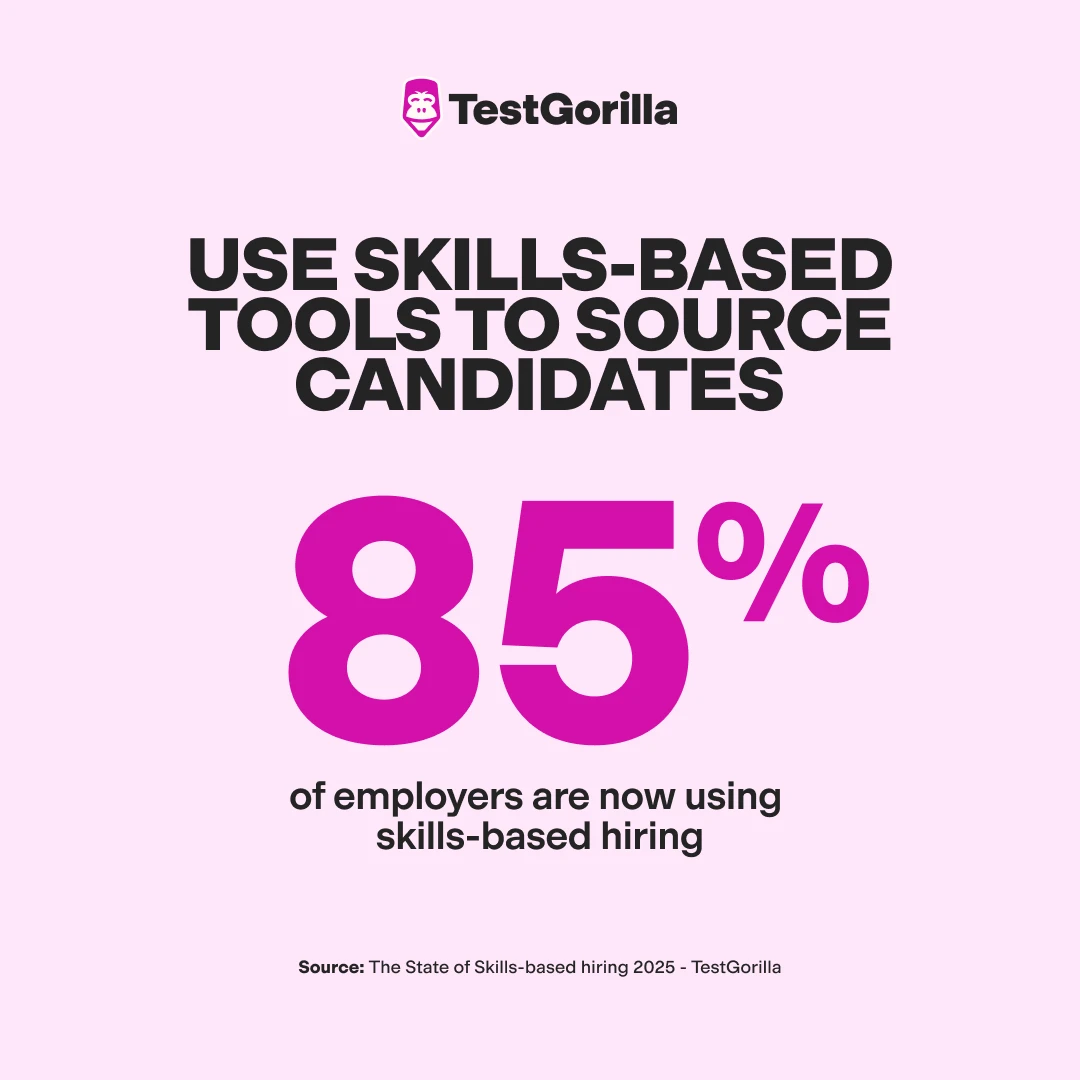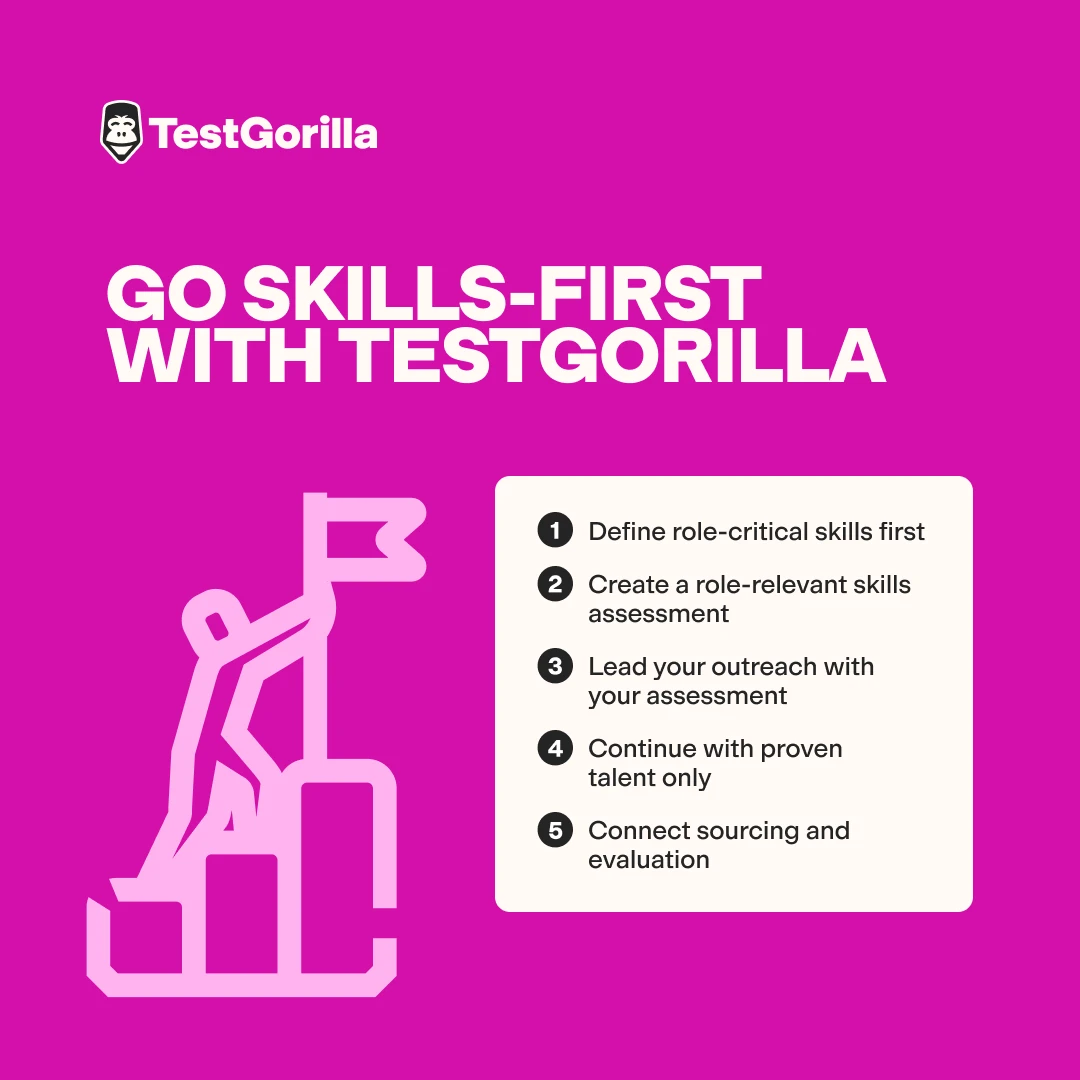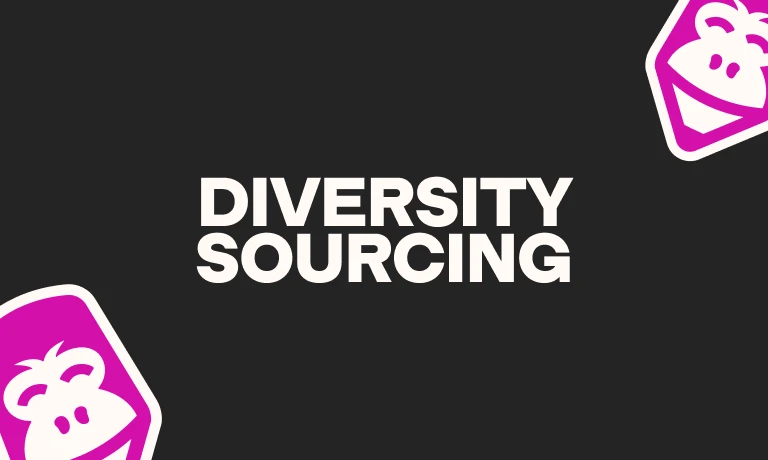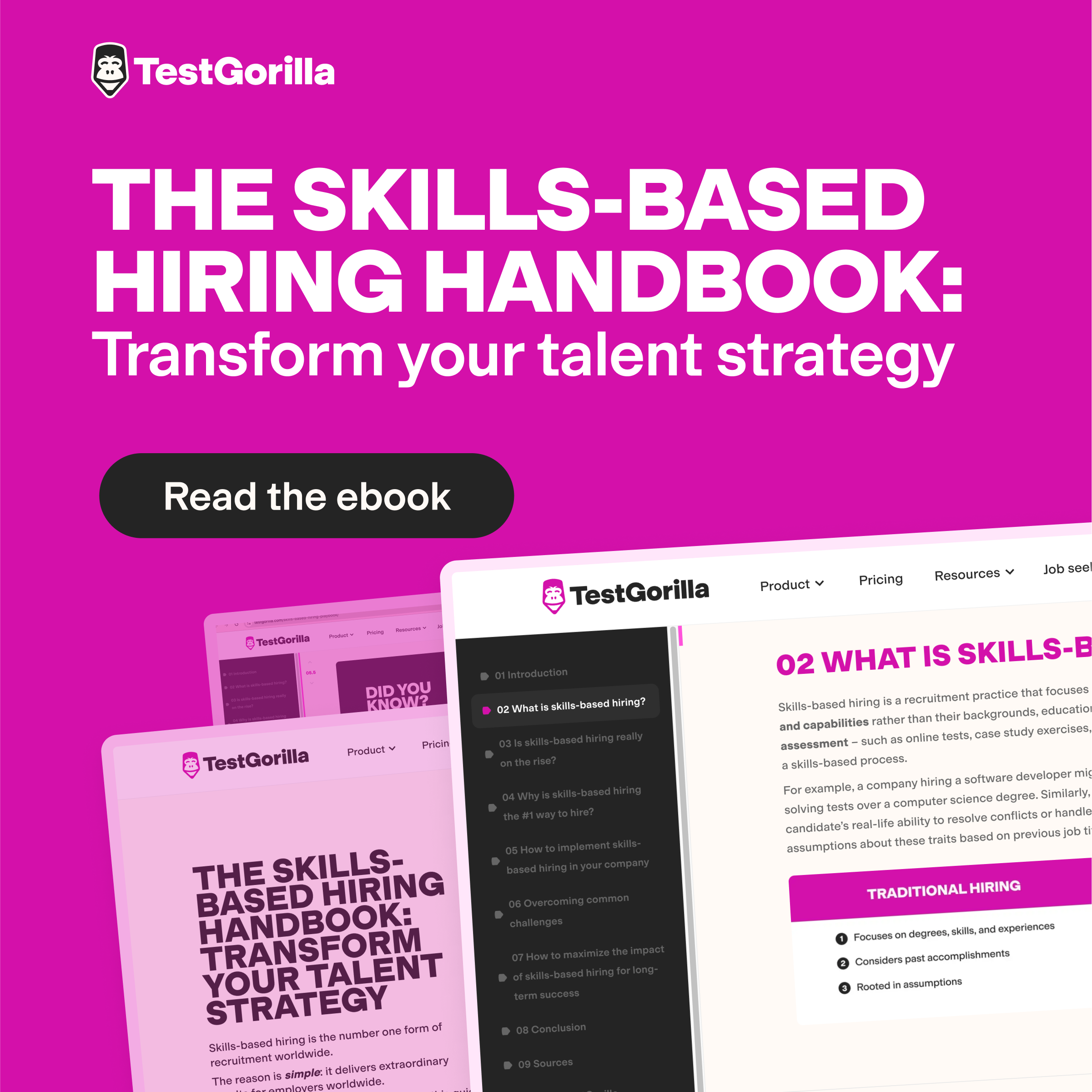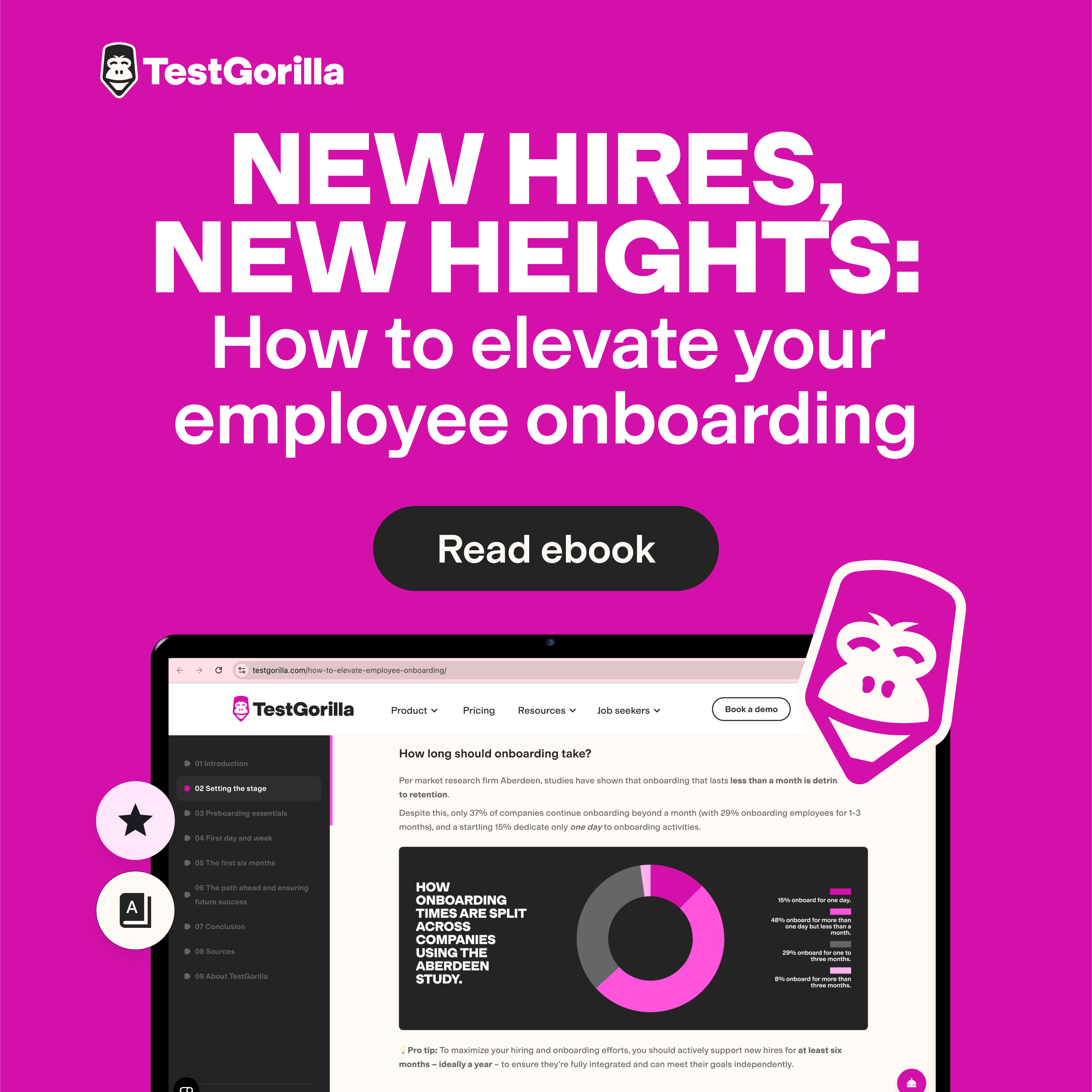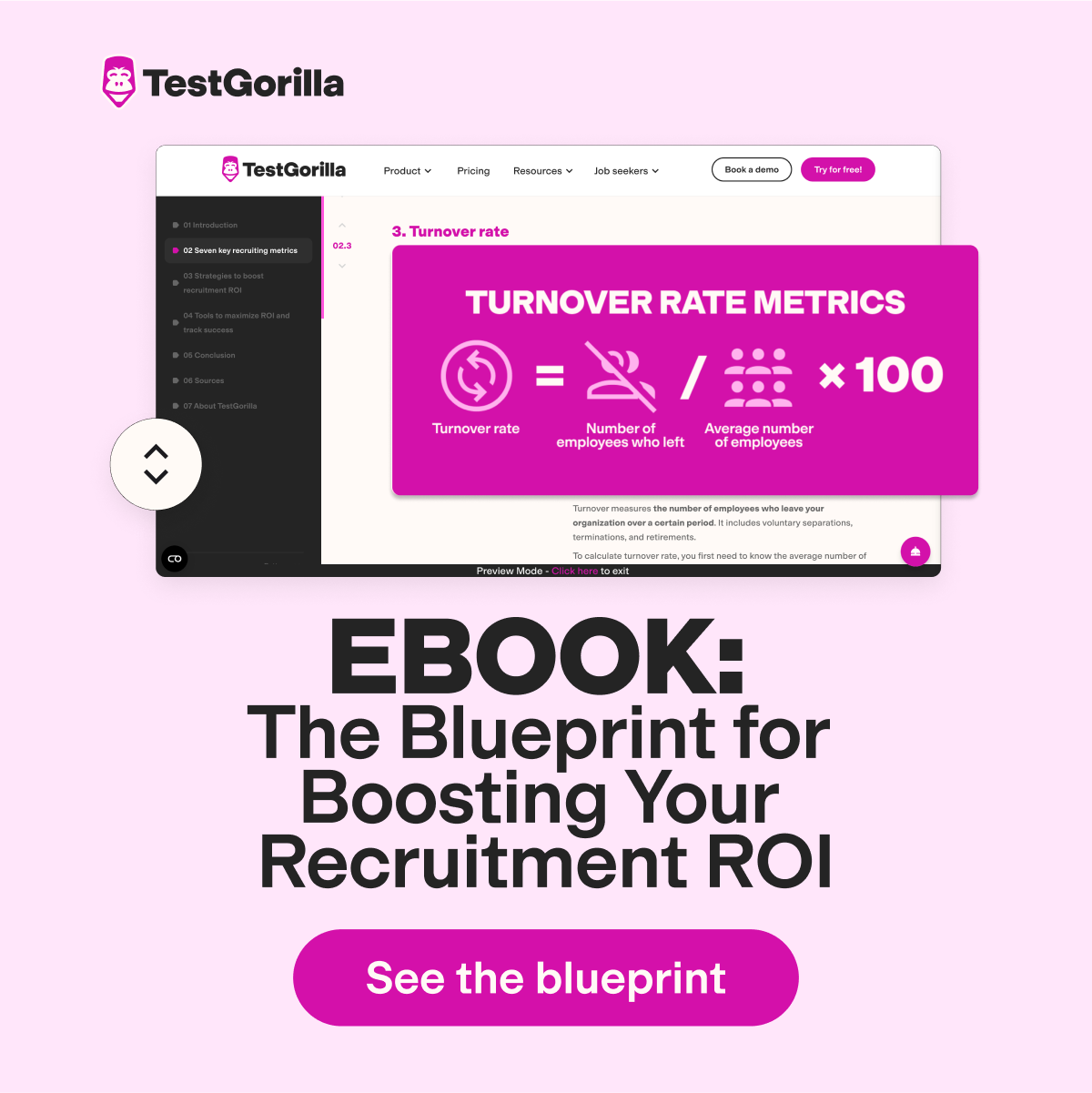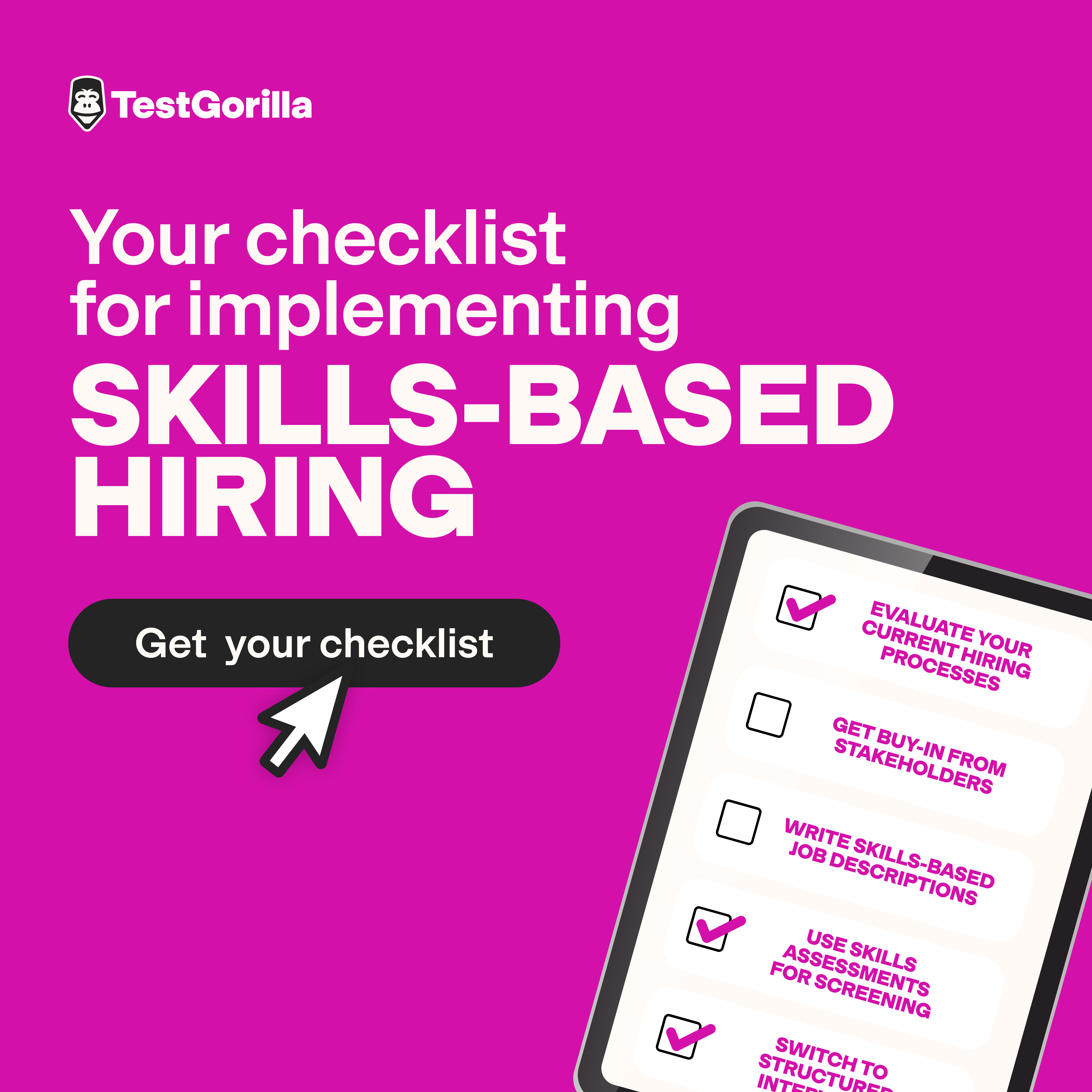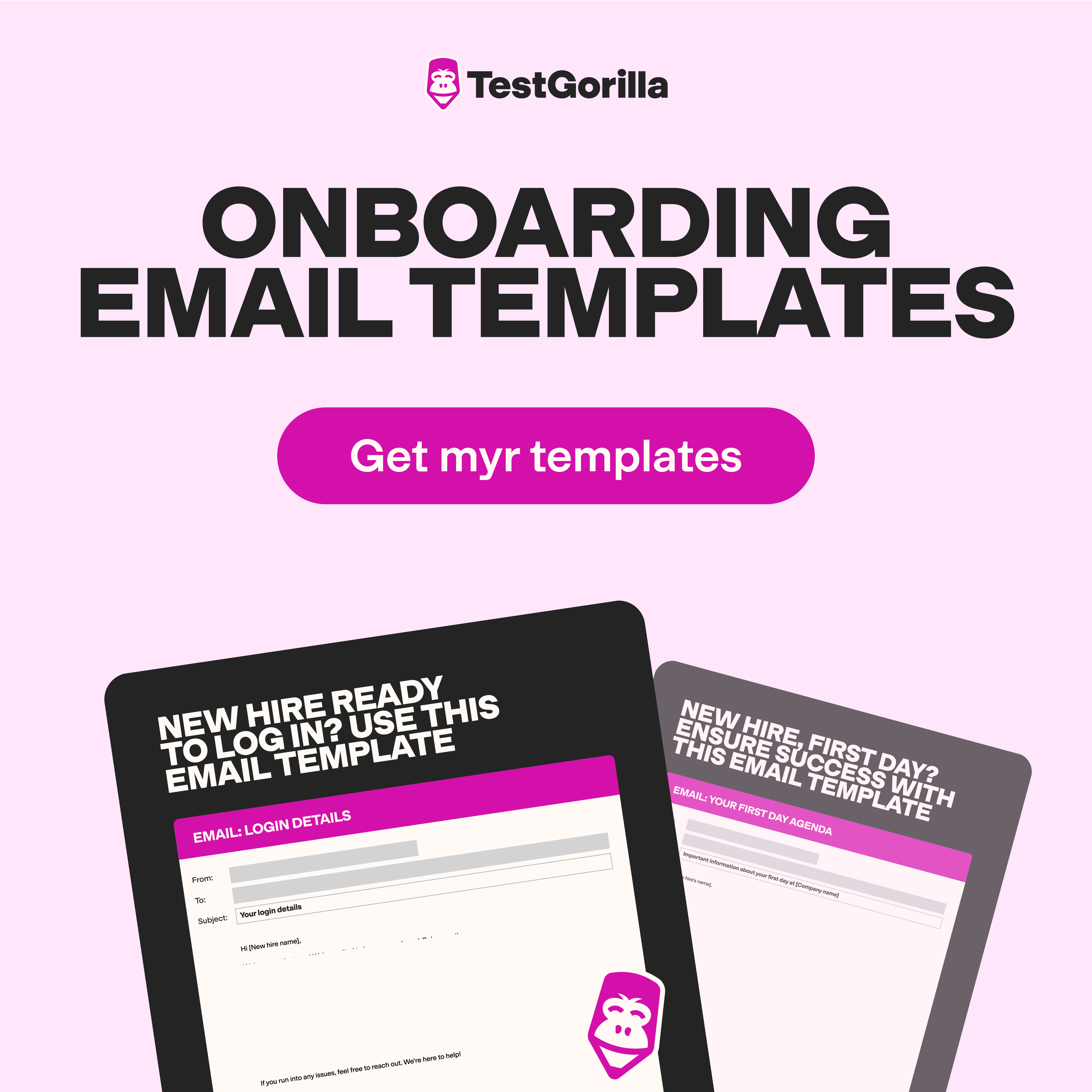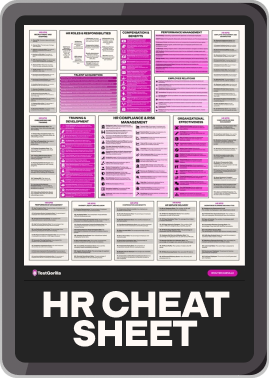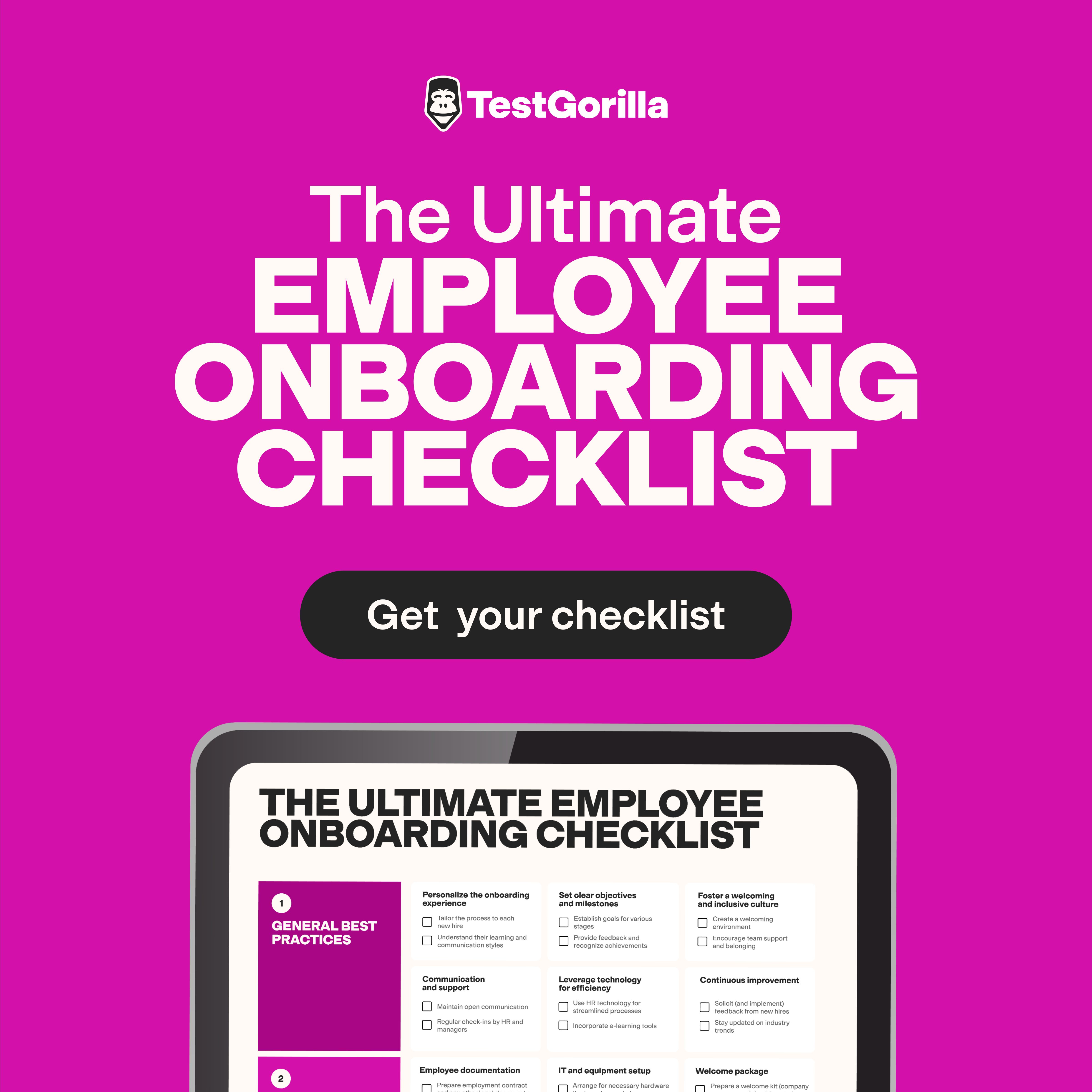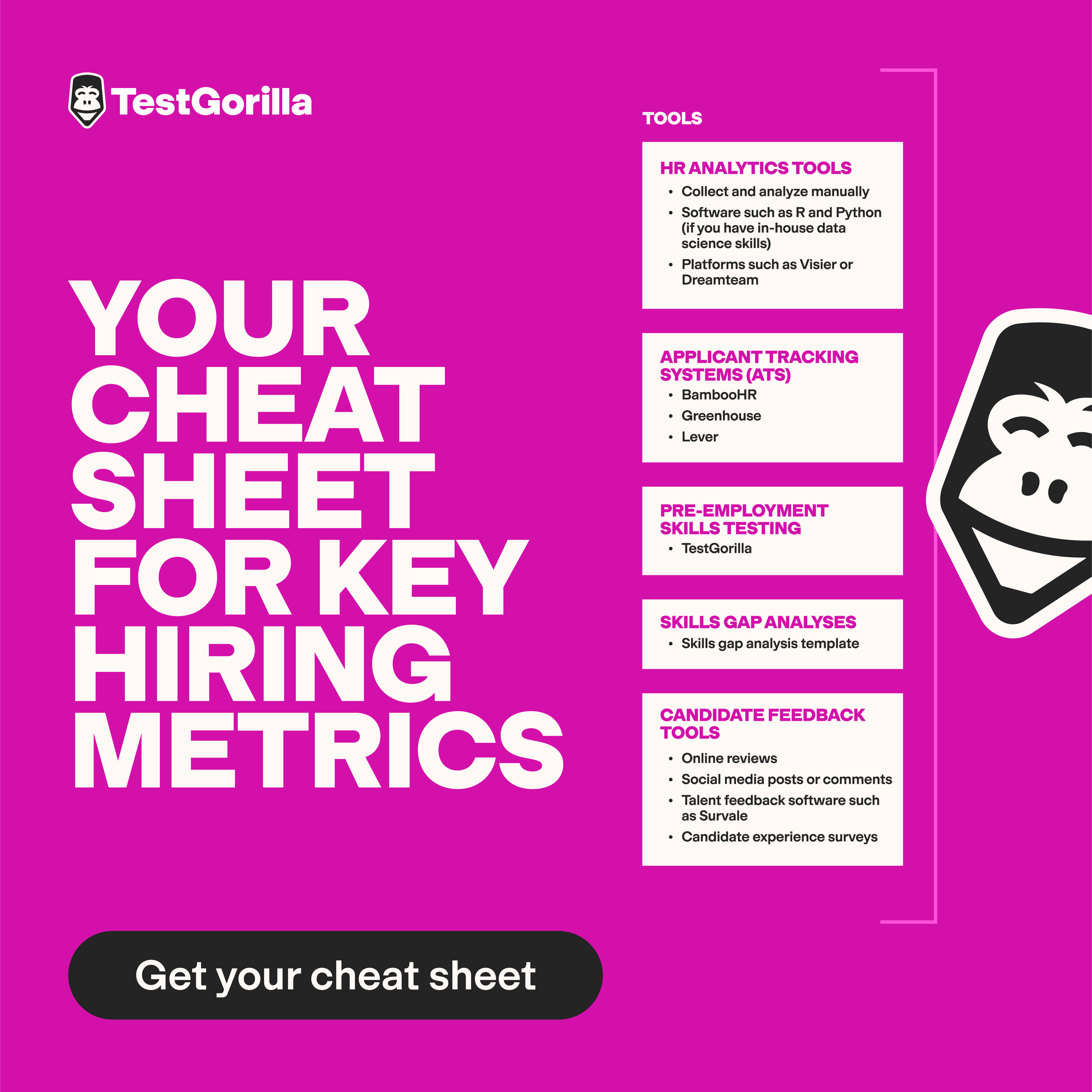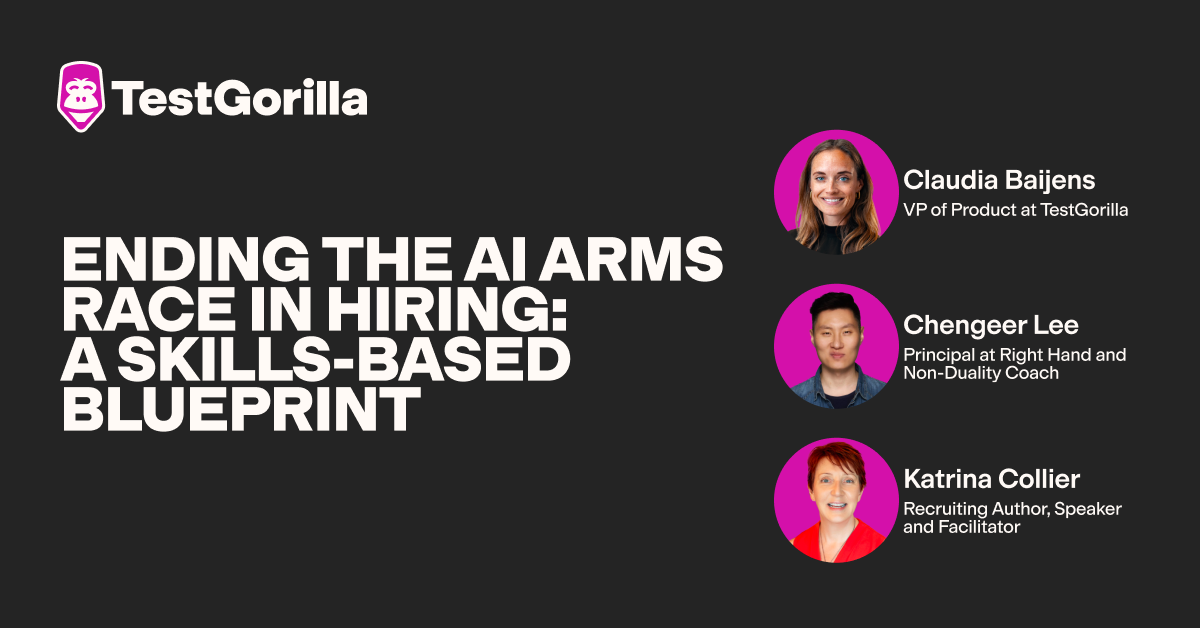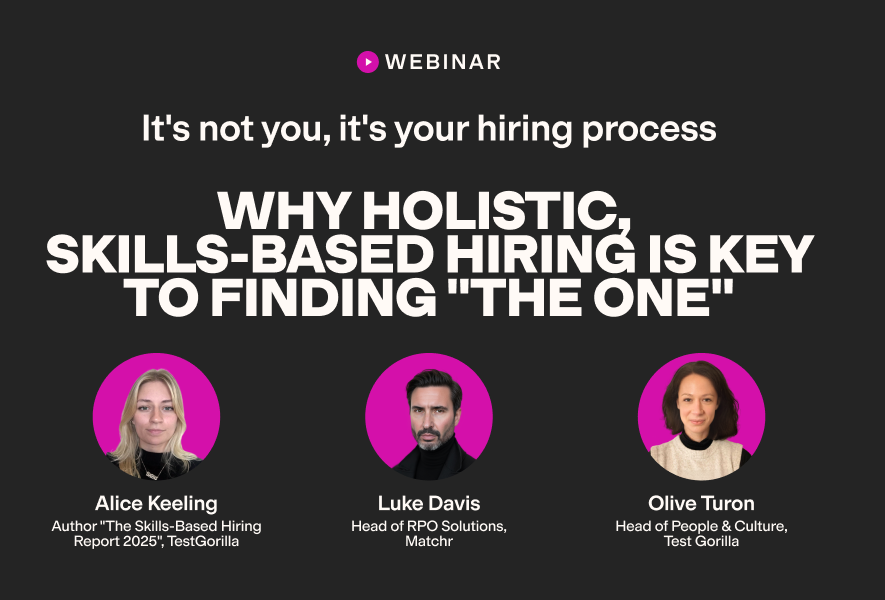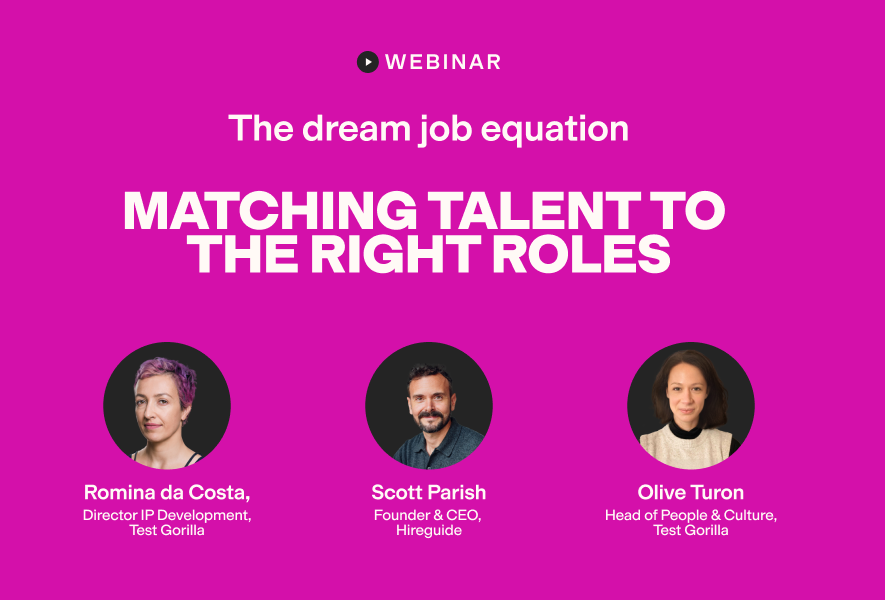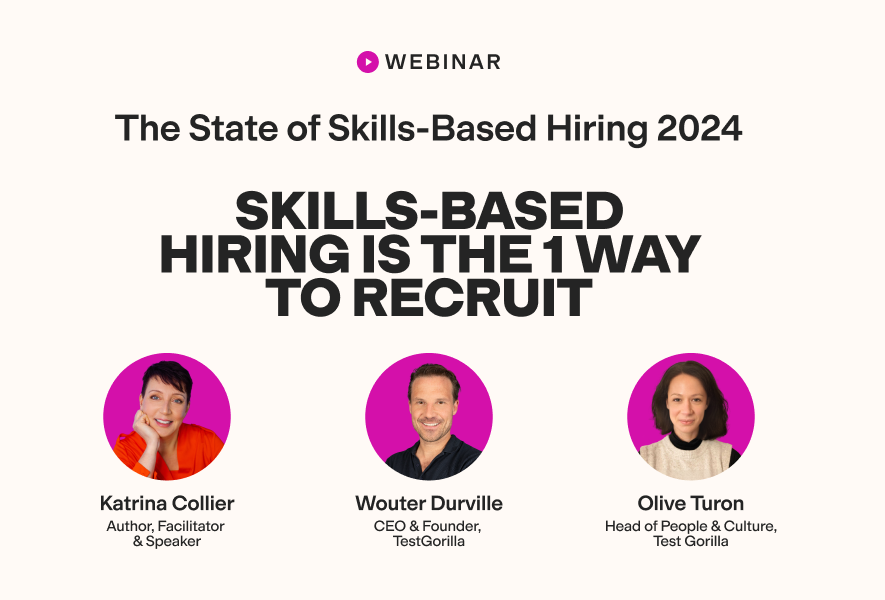Here’s a riddle for you: How is a talent-sourcing tool like an aisle full of jam?
In a famous study, shoppers faced with 24 flavors of jam were less likely to buy anything than those offered just six. Too many options made them freeze.
Recruiters face similar choice overload in talent sourcing. Give them 24 sourcing platforms – each with its own filters, scraping tools, and endless dashboards – and they’ll end up just like those shoppers. Instead of finding talent faster, they’ll walk away overwhelmed with no new hires.
The heart of the issue is simple: Traditional talent sourcing software and methods focus on finding people – any people – rather than those with skills required to thrive in the role. That’s the gap that tools like TestGorilla Sourcing were built to close. Read on to discover how skills-first sourcing takes you from chasing keywords to engaging candidates who can truly deliver.
Why the old sourcing toolbox is broken
Technology has made candidate sourcing tools more accessible than ever. Recruiters can choose from Boolean search hacks, AI-driven scraping platforms, and various customer relationship management (CRM) platforms that all promise better, fuller pipelines.
But quantity doesn’t guarantee quality, and the traditional sourcing stack was never intended to be a complete solution. It was designed for efficiency, but as technology developed and platforms were added to existing ones, it grew more complex. Individually, each method brings value. But together, they become disjointed, redundant, and frankly overwhelming.
The worst part? None of them verifies whether candidates can actually do the job.
Let’s do a little sourcing software comparison and explore the shortcomings of each tool:
Boolean search: powerful, but shallow
“The majority of sourcing tools I have [used], such as LinkedIn Recruiter and Seek Talent Search, are keyword matching and shallow filters. They will forward to you a list of resumes that are so beautiful on paper and not on the ground, so far as our industry is concerned.”
– Shaun Bettman, CEO and Chief Mortgage Broker at Eden Emerald Mortgage
Tools like Boolean search in LinkedIn Recruiter are powerful, but often lack precision. They’re biased towards keyword match and can’t see beyond the words on the paper. A candidate could have the exact experience required, but if they don’t phrase it correctly, they’ll never be plucked from the haystack.
This is problematic not only for hiring accuracy but also for social mobility. Candidates from disadvantaged backgrounds may not know how to use the “right” language or polish their resumes. They risk being overlooked, not because they lack ability, but because the system isn’t built to recognize it.
Boolean search is also extremely manual, requiring recruiters to craft endless strings, tweak search terms, and wade through irrelevant results before finding their next recruit. The process may feel sophisticated, but it’s essentially guesswork – and busy recruiters need something more reliable.
CRMs: expensive and misaligned
CRMs promise structure, but in practice, they’re often costly, complex, and out of sync with what recruiters actually need. Some cost as much as $1,500 per month, with no guarantee of results.
Dominic Leto, CEO of Sell My Home PA, calls out the problem:
“After more than ten years of steering a company through growth, I find my biggest frustration with sourcing tools is the massive hidden cost and the way they do not line up with the real, actual operational needs.
“Many vendors claim flexibility, yet their ‘easy‑to‑use’ veneer often masks a hefty price tag for expert implementation – or even a nagware model that keeps core features hostage. This is not merely a financial leak; it is likely to become a strategic bottleneck that pulls attention away from the core business's growth.”
In other words, rather than helping recruiters source top talent more efficiently, CRMs often slow down the process, add friction to workflows, and put a huge strain on budgets.
Scraping tools: outdated and inaccurate
The biggest issue with AI recruitment tools like resume-scraping software is that they’re only as good as the files they pull from.
Candidates with outdated or inaccurate profiles can easily be surfaced as “top matches,” even if they’ve switched careers or relocated. Recruiters end up chasing candidates who are no longer available, interested, or qualified.
Ryan McCallister, President and Founder at F5 Mortgage, puts it bluntly: “Old or inconsistent data is my greatest frustration.”
But the challenges don’t stop there. Candidates themselves are intentionally gaming the system. Tricks like “white fonting” (pasting entire job descriptions into resumes in tiny, white text), having applicant tracking system (ATS) experts optimize resumes, and keyword stuffing can all fool AI sourcing tools into ranking unqualified candidates higher.
Recruiters are then left sorting through clutter instead of substance – because most scraping tools prioritize candidate discovery over verification. They can fill your pipeline, but they don’t provide a way to verify job performance or whether the skills listed on a candidate’s resume are genuine or relevant to the role.
Skills-based sourcing is the solution
Where old-school sourcing falls short – Boolean search buried in keywords, CRMs slowing you down and draining your cash, and resume scraping tools giving zero confirmation of ability – skills-based sourcing cuts through the noise and gets straight to the proof. With access to countless online templates and AI optimizers, candidates dress up their resumes. But they can’t fake capability.
That’s why 85% of employers are now using skills-based hiring, up from 81% in 2024. This is a clear signal that employers are tired of the performance theatre of traditional sourcing. They want evidence, and they want it up front.
Importantly, making this change isn’t about ditching your entire tool stack. It’s about upgrading and evolving it, seamlessly integrating skills evaluations into existing workflows so you can qualify talent faster and more reliably.
Essentially, the future of sourcing is about having a sharper scope, where every candidate in your pipeline has the skills (at the right skill levels) to succeed.
“The tool I am after is not simply about generating leads; it has to provide smart qualification and a seamless fit with our existing stack. In other words, it would turn raw leads into a high‑fidelity talent pipeline, shrinking time‑to‑hire from weeks to days and, as a result, boosting operational capacity and revenue. That, to me, is the real ‘wow’ factor.” – Dominic Leto, CEO of Sell My Home PA.
The best insights on HR and recruitment, delivered to your inbox.
Biweekly updates. No spam. Unsubscribe any time.
Go skills-first with TestGorilla
You don’t need to reinvent your sourcing stack to go skills-first. All you need to do is pivot your approach and make skills the filter from the very first touchpoint.
This is where TestGorilla comes in.
Define role-critical skills first
Start by boiling down your open role to its four most critical tasks. From there, determine the range of skills needed to complete these tasks.
Does a candidate really need to know how to navigate your specific CRM system, or do they need the confidence and communication skills that lend themselves to great client conversations? Do they really need to know how to create a flashy product deck, or is it enough that they can explain complex ideas simply with a natural curiosity for technology?
By pulling back all the distractions, you get to the skills that matter most for job success.
Create a role-relevant skills assessment
Next, you’ll want a straightforward, bias-proof way to evaluate these key skills. TestGorilla is just the platform for this.
Within it, you can type in the job title, description, or a key skill. TestGorilla’s AI-driven engine will then automatically suggest the most relevant tests. Mix and match up to five tests for hard skills, soft skills, personality traits, and more to create the perfect assessment for your role. You can even add your own custom questions if needed.
Lead your outreach with your assessment
Instead of sending a generic “We’re hiring and think you’d be a great fit” email or LinkedIn InMail, include your TestGorilla assessment link in your outreach messages. This flips the process: Candidates prove their ability before you commit to an interview.
Worried about talent’s potential unwillingness to complete a skills evaluation? TestGorilla’s are fast and convenient. Individual tests take around 10 minutes each to complete, and full assessments take roughly an hour. Plus, candidates can complete tests on any device, without needing to create an account.
Continue with proven talent only
Once your candidates complete the assessment, TestGorilla completes scoring instantly and automatically benchmarks results. You can see at a glance who performed best and who missed the mark.
Using those results, move forward only with candidates who meet your standards. This way, every conversation you have will be with people who’ve already proven they have the right skills for the job.
Connect sourcing and evaluation
The best approach to skills-based sourcing is an integrated one. That’s what TestGorilla was designed to do – it unifies sourcing and evaluation into one platform.
Powered by AI-backed filters and bias-reducing tools, TestGorilla Sourcing enables you to discover candidates matched to the skills you’ve identified. TestGorilla Evaluate then provides a way to verify those skills through evidence-based, expert-created, customizable talent evaluations.
Together, they give you one streamlined pipeline and one truth about every candidate: what they can actually deliver.
Create real teams with real skills
The old sourcing toolbox was built for numbers, but a bigger pool doesn’t always make for better results. The skills revolution is here to change that.
By leading your hiring campaigns with the skills you need and verifying them up front, you’ll ensure every interview is with someone already capable of doing the job.
And TestGorilla’s talent sourcing engine can make this process straightforward and stress-free. It combines AI-powered matching, smart filters, and built-in talent evaluations to help you transform a messy pipeline into a curated shortlist of proven talent.
Create a free TestGorilla account or book a free demo to get started with skills-first hiring today.
Related posts
You've scrolled this far
Why not try TestGorilla for free, and see what happens when you put skills first.


